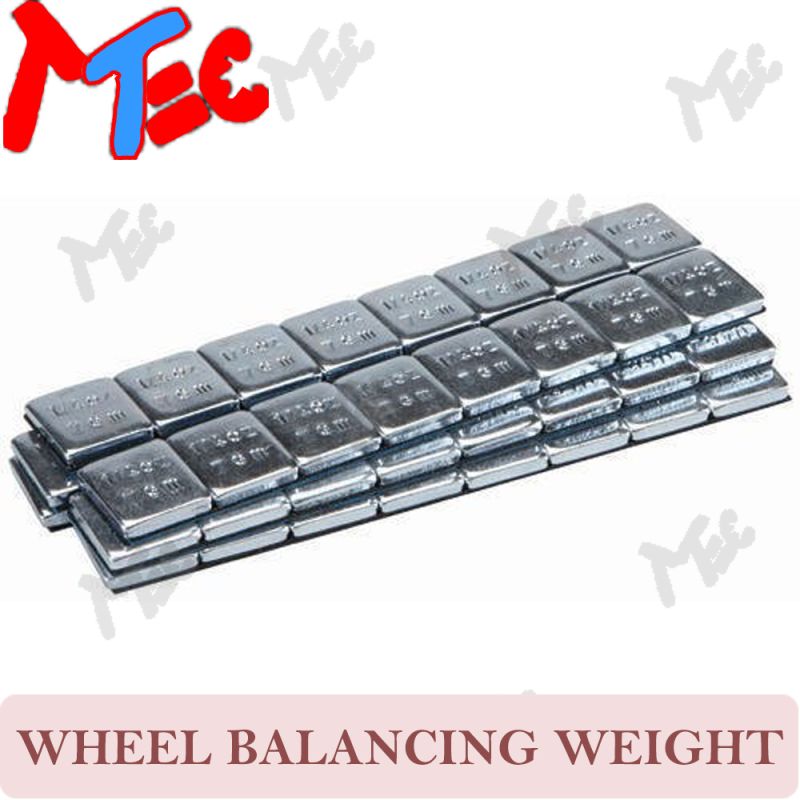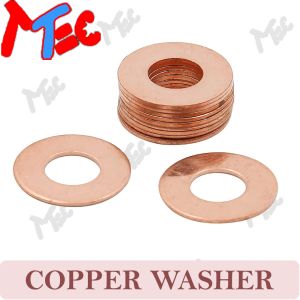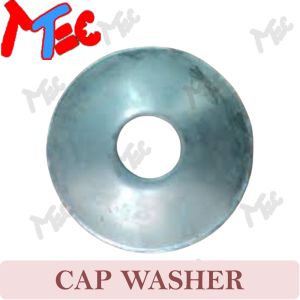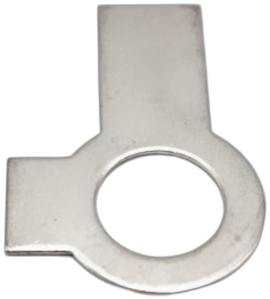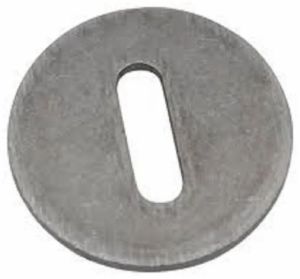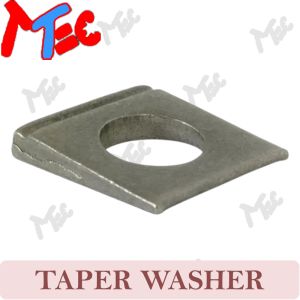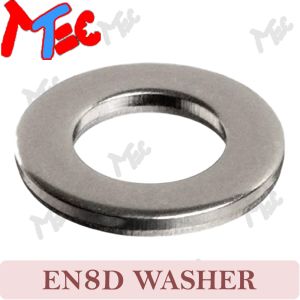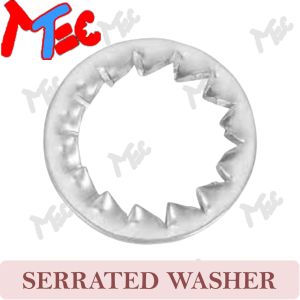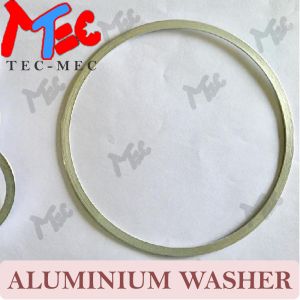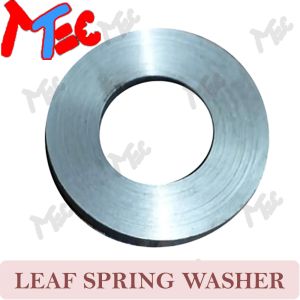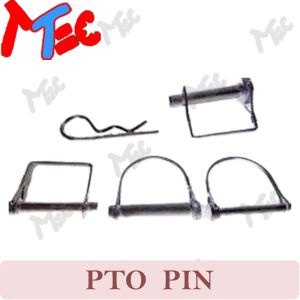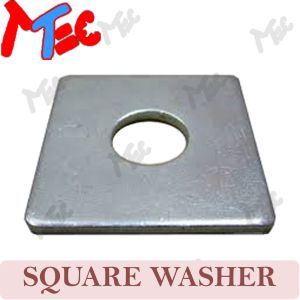+91-9888800376, +91-8837664395
| Business Type | Manufacturer, Exporter, Supplier |
| Brand Name | TEC-MEC |
| Material | Mild Steel |
| Color | Silver |
| Click to view more | |
Preferred Buyer From
| Location | Worldwide |
Product Details
A wheel balancing weight is an essential component used in the automotive and transportation industries to ensure that a wheel assembly (including the tire and rim) is properly balanced. The purpose of these weights is to ensure smooth rotation of the wheel and reduce vibrations that could lead to uneven tire wear, poor handling, and a decrease in fuel efficiency. Types of Wheel Balancing Weights: Clip-on Weights: Shape: These weights are typically C-shaped or U-shaped and clip onto the edge of the wheel's rim. Application: Commonly used for steel wheels, these weights attach to the outer edge of the wheel’s rim and are secured using clips that hold the weight in place. Material: Often made from lead or zinc for their density, although lead-free alternatives are also available for environmental reasons. Advantages: Easy to install and replace during tire balancing services. Adhesive (Stick-on) Weights: Shape: These weights are typically flat and come with an adhesive backing. Application: Applied directly to the inner or outer surface of the rim (usually on the inside), especially for alloy wheels where clip-on weights may not fit or be aesthetically desirable. Material: Usually made from zinc or steel (as lead is now restricted in many countries). Advantages: These provide a more discreet option and are better suited for aesthetic wheels. Center Mount (Bolt-on) Weights: Shape: These weights are designed to bolt directly to the wheel at the center or mounting area. Application: Common in high-performance or specialty wheels. Material: Often made of steel or zinc. Advantages: Provides a secure, permanent attachment, often used for vehicles with high-speed or heavy-duty applications. Combination Weights: Shape: These can be a combination of clip-on and adhesive weights designed to be used in a variety of wheel setups. Application: Designed for use in different wheel types or setups where both clip-on and adhesive weights are required. Material: Typically made of zinc or steel. Advantages: Offers flexibility depending on the wheel type. Materials Used in Wheel Balancing Weights: Lead: Historically, lead was the most common material used due to its high density, which allows for smaller, more compact weights. However, due to environmental concerns, lead has been largely phased out in favor of safer alternatives. Zinc: Zinc is a common replacement material for lead. It's environmentally friendly and has similar density, making it suitable for wheel balancing. Steel: Steel is also used, though it is less dense than zinc or lead, so larger weights may be needed. Tungsten: In some high-performance or specialty applications, tungsten weights are used due to their extremely high density, allowing for very small, compact weights. How Wheel Balancing Weights Work: The primary purpose of wheel balancing weights is to counterbalance the heavy spots of a wheel and tire assembly. When a tire is mounted on a rim, small imperfections in the tire or rim can cause uneven weight distribution. This can lead to vibrations while driving, causing discomfort, increased tire wear, and potentially damaging the vehicle's suspension system. Mounting the Weights: The weights are placed at specific points along the rim based on the balancing machine's readings, ensuring that the tire and wheel rotate smoothly without causing vibrations. Adhesive vs. Clip-on: Clip-on weights are generally used in situations where the wheel’s rim is designed to hold them securely. Adhesive weights are used in cases where a more aesthetically pleasing or hidden solution is needed, such as with alloy wheels. Why Wheel Balancing is Important: Prevents Vibration: Balancing weights help reduce or eliminate vibrations while driving, resulting in a smoother ride. Reduces Tire Wear: Improperly balanced tires wear unevenly, which can reduce their lifespan. Improves Handling: Properly balanced wheels ensure that t
Looking for "Adhesive Wheel Balance Weights" ?
Explore More Products
Our Blogs


